Sports
A lot at stake in Sri Lanka – South Africa Tests
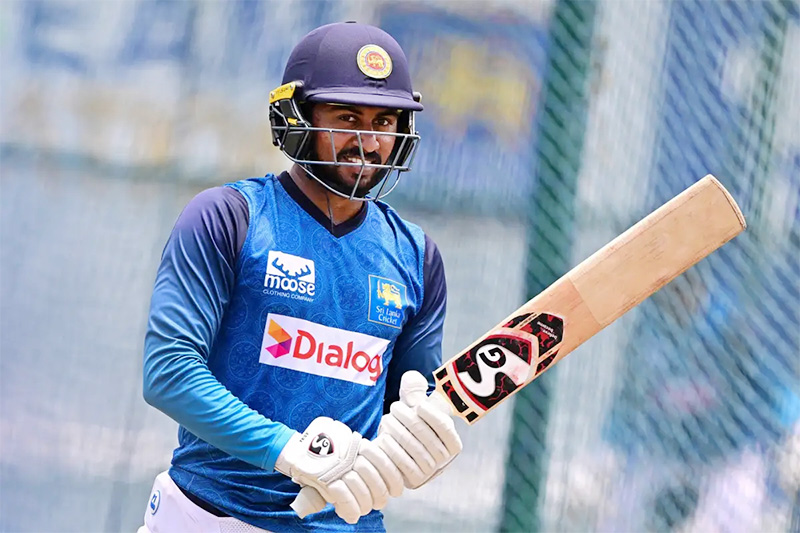
Rex Clementine in Durban
Sri Lanka’s cricketers wrapped up their final training session in Durban yesterday, exuding a sense of calm confidence ahead of the two-match Test series against South Africa. Touring South Africa has historically been a trial by fire, with fiery fast bowlers and hostile pitches ready to humble visiting teams. But times have changed. With past victories on these shores under their belt, Sri Lanka seems to have cracked the code, proving that no mountain is too high to climb.
Both teams have their eyes firmly set on the World Test Championship final, adding extra spice to this series. Sri Lanka currently sit third in the standings, just behind Australia and India, with New Zealand and South Africa hot on their heels. A series victory here could put either team in the driver’s seat for a spot at Lord’s next year, where the grand finale awaits.
To prepare for this crucial assignment, Sri Lanka’s Test squad landed in South Africa ten days early for a residential camp, guided by former Proteas batter Neil McKenzie, who previously served as South Africa’s batting coach.
 Skipper Dhananjaya de Silva was quick to highlight the value of McKenzie’s expertise.
Skipper Dhananjaya de Silva was quick to highlight the value of McKenzie’s expertise.
“Neil McKenzie ran some excellent batting sessions for us. He’s played a lot of cricket and shared vital insights—like how to handle the bounce and what to expect from the conditions here. The sessions were really productive,” Dhananjaya told reporters.
The Sri Lankan captain, who was part of the historic series win in 2019 when Sri Lanka became the first and only Asian team to win a Test series in South Africa, remains grounded despite past glories.
“We can draw confidence from that series, but what’s done is done. This is a new challenge, and we have to start from scratch. The pitch looks flat, but we’ll decide on our combination after another look,” he said.
Dhananjaya also emphasized the importance of finishing 2024 on a high.
“We’ve had a fantastic year in Test cricket, and it’s crucial to cap it off with strong performances. Every Test matters, and winning away from home is a huge source of pride for us. We pushed England hard earlier this year and were disappointed not to win that series, but it was satisfying to get a Test victory there,” he added.
South Africa skipper Temba Bavuma acknowledged Sri Lanka’s resilience, particularly in adapting to pace-heavy conditions.
“If Sri Lanka were vulnerable against fast bowling, they wouldn’t be sitting third in the Test Championship standings. They’ve performed well across different conditions. Playing in South Africa is always tough, but I’m sure their preparations will help them meet the challenge head-on,” Bavuma said.
Bavuma also tipped his hat to Sri Lanka’s middle-order sensation Kamindu Mendis, who has been in red-hot form in 2024. The 25-year-old has scored five centuries and three fifties in just seven Tests this year, making him the backbone of Sri Lanka’s batting lineup.
“I haven’t played much against him, so it’ll be interesting to see him in action. But we’ve done our homework and have plans in place for him. The guy’s been phenomenal, anchoring their middle order. We respect his ability but won’t be caught off guard,” Bavuma noted.
Sri Lanka (Probable XI):
Dimuth Karunaratne, Pathum Nissanka, Dinesh Chandimal, Angelo Mathews, Kamindu Mendis, Dhananjaya de Silva (Captain), Kusal Mendis (Wicketkeeper), Prabath Jayasuriya, Asitha Fernando, Lahiru Kumara, Vishwa Fernando.
South Africa (From):
Temba Bavuma (Captain), David Bedingham, Tony de Zorzi, Aiden Markram, Ryan Rickleton, Tristan Stubbs, Kyle Verreynne (Wicketkeeper), Marco Jansen, Wiaan Mulder, Senuran Muthusamy, Gerald Coetzee, Keshav Maharaj, Dane Paterson, Kagiso Rabada.
Latest News
Lasith Malinga to work with the Sri Lanka Team in lead up to T20 World Cup
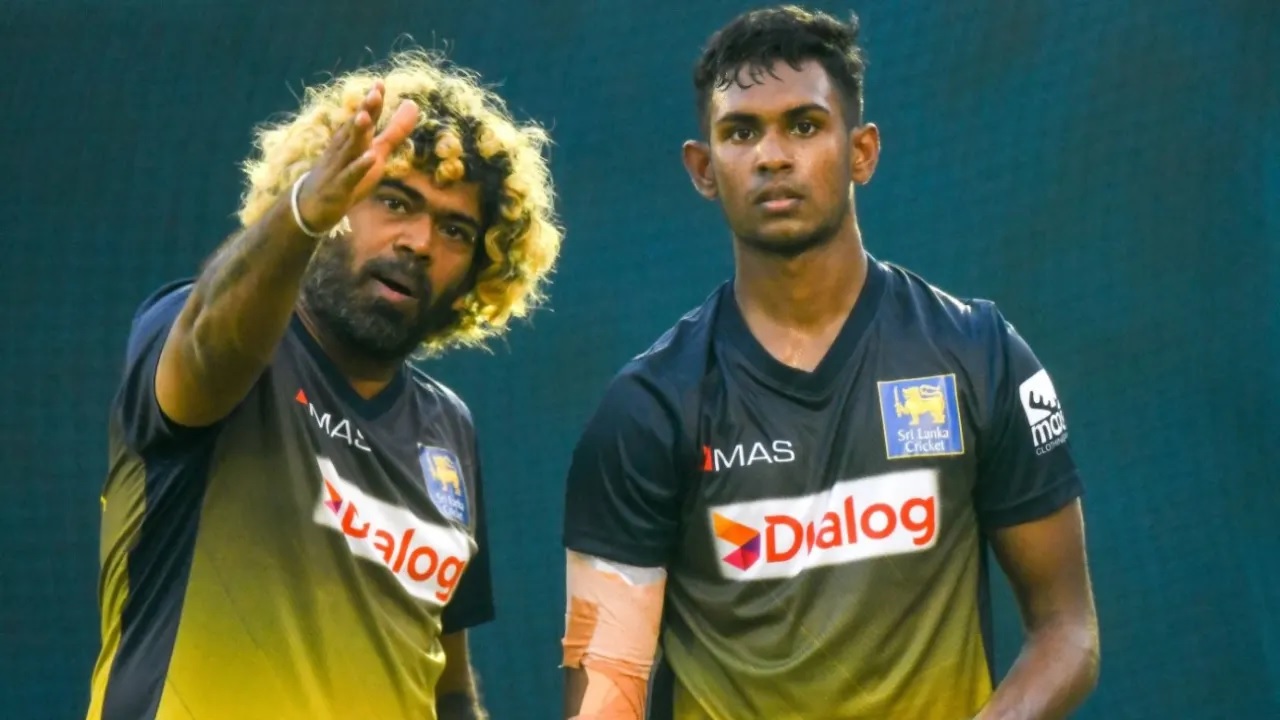
Lasith Malinga has once more been retained as consultant bowling coach for Sri Lanka’s men’s team, as they prepare for the T20 World Cup they are due to co-host from early February.
Although this is only a 40-day appointment, running from December 15 to January 25, it is essentially a continuation of Malinga’s work with key bowlers in the national set-up. Malinga has worked officially as a fast-bowling consultant at least twice before, but has also worked unofficially with top bowlers over the years, and has been advising the coaching team led by Sanath Jayasuriya, over the past two years.
With round-arm bowlers Matheesha Pathirana and Nuwan Thushara both in Sri Lanka’s preliminary squad for the T20 World Cup, and likely to make the final 15, Malinga will be especially well-placed to assist.
“Sri Lanka Cricket aims to leverage Malinga’s vast international experience and renowned expertise in death bowling, particularly in the shortest format of the game to strengthen Sri Lanka’s preparations for the upcoming World Cup,” the board release said.
Sri Lanka are set to co-host their first men’s global tournament since 2012, from February 7. Three Sri Lankan venues will be used – Khettarama and SSC in Colombo, and Pallekele.
The T20 World Cup will run from February 7 to March 8. Sri Lanka are in Group B along with Australia, Ireland, Oman and Zimbabwe.
[Cricinfo]
Latest News
Harmanpreet Kaur leads the way as India complete 5-0 sweep over Sri Lanka

India’s untested lower order played a key role in turning a modest total into a competitive one. Amanjot Kaur added stability, scoring 21 off 18 balls and putting on a 61-run partnership with Harmanpreet for the fifth wicket, helping the innings regain momentum after regular wickets fell.
After her dismissal, Arundhati Reddy – promoted ahead of Sneh Rana – launched a late assault, hitting four fours and a six off 11 balls for an unbeaten 27, guiding India to 175 for 7. The team scored 32 runs in the final two overs.
With Chamari Athapaththu gone in the second over, Perera and Dulhani faced a daunting task. Dulhani, coming in at No. 3 again ahead of Harshitha Samarawickrama, played a confident innings, coming down the track and sweeping as needed, hitting five boundaries inside the powerplay. Perera rotated the strike well, keeping the scoreboard ticking. Aided by the dew, their 79-run second-wicket stand was broken in the 12th over when Amanjot dismissed Dulhani for 50, with her first ball.
Perera carried on, moving from 32 off 23 balls to register her maiden 38-ball fifty in her 89th T20I. Having debuted in 2014 and shuffled around the order, she opened this series for the first time in three years. When the equation came down to 55 off 24 balls, Perera struck a four and a six off Shree Charani before being yorked. Her 42-ball 65 included eight fours and a six.
When Sri Lanka needed 44 off 20 balls, India fought back hard. The visitors lost their key batters at the death, collapsing from 132 for 4 to 140 for 7, eventually falling short and remaining winless in India.
Brief scores:
India Women 175 for 7 in 20 overs (Gunalan Kamalini 12, Harleen Deol 13, Harmanpreet Kaur 68, Amanjot Kaur 21, Arundhati Reddy 27*; Nimasha Meepage 1-25, Kavisha Dilhari 2-11, Rashmika Sewwandi 2-42, Chamari Athapaththu 2-21) beat Sri Lanka Women 160 for 7 in 20 overs (Hasini Perera 65, Imesha Dulani 50, Rashmika Sewwamdi 14*; Deepti Sharma 1-28, Arundhati Reddy 1-16, Sneh Rana 1-31, Vaishnavi Sharma 1-33, Shree Charani 1-31, Amanjot Kaur 1-17 ) by 15 runs
[Cricinfo]
Sports
Manitha, Mevindu bag 11 wickets each as Mahinda, Sri Sumangala record big wins
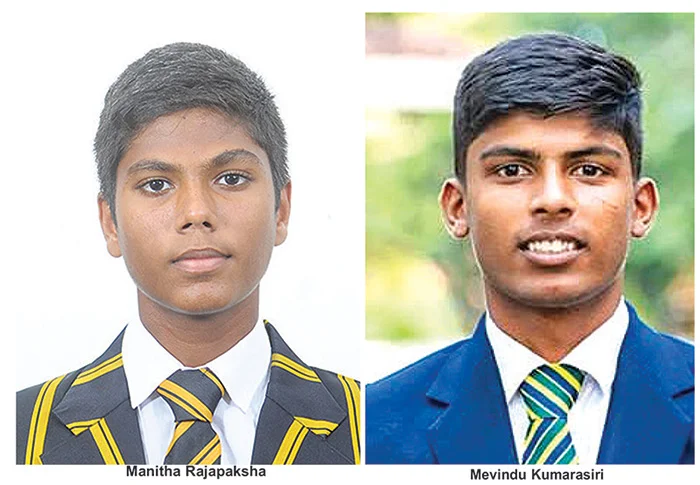
Under 19 Cricket
Manitha Rajapaksha collected a match bag of 11 wickets as Mahinda romped to an innings and 25 runs victory over Lumbini in the Under 19 Division I Tier ‘A’ cricket encounter at Galle.
Forced to follow on after being bowled out for 173 runs, the visitors managed to last only 33 overs as bowlers used the home advantage to good effect.
In a similar performance, Sri Sumangala reduced Isipatana to just 69 runs in the second innings to record an innings and 96 runs win in the Tier ‘B’ match at Panadura. While Mevindu Kumarasiri excelled once again to claim a match bag of 11 wickets, overnight batsmen Sandeep Wijerathna and Neksha Iddamalgoda went on to score centuries for Sri Sumangala to boost the score to 301 for eight wickets declared.
Meanwhile at DSS ground the home team scored a first innings win over Nalanda.
Match Results
Mahinda in innings win at Galle
Scores
Mahinda 284 all out in 72.2 overs
(Dulsith Darshana 63, Randula Mabarana 28, Manitha Rajapaksha 23, Kaveesha Githmal 43, Kavindu Nimsara 66; Yashod Kavindu 5/100, Dinal Sewmina 2/32)
Lumbini 76 for 4 overnight 173 all out in 53.4 overs
(Kisandu Dulneth 33, Yashod Kavindu 26, Jayanitha Mendis 41, Pasindu Mahisha 38; Manitha Rajapaksha 6/64, Sadev Nethmina 2/27) and 86 all out in 32.4 overs (Nikil Abilash 33; Manitha Rajapaksha 5/25, Gesandu Bisas 2/12, Arosha Udayanga 2/15)
Sri Sumangala in innings win at Panadura
Scores
Isipatana 136 all out in 47.2 overs (Yuveen Keshan 21, Dasith Senal 31; Mevindu Kumarasiri 6/54) and 69 all out in 25.2 overs (Janith Selaka 25; Mevindu Kumarasiri 5/32, Methum Fernando 4/23)
Sri Sumangala 158 for 2 overnight 301 for 8 decl. in 79.4 overs (Sandeep Wijerathna 100, Neksha Iddamalgoda 110, Mevindu Kumarasiri 34; Dasith Senal 2/86, Dimuthu Tharuka 2/34)
First innings win for DSS at DSS ground
Scores
DSS 365 all out in 79 overs (Savain Kalansooriya 54, Bihan Gamage 102, Janindu Ranasinghe 50, Shevan Welgama 73; Osanda Pamuditha 2/69, Dunitha Anusara 4/66, Sahas Godage 3/76) and 144 for 3 in 35.2 overs (Miyuru Bandara 41, Savain Kalansooriya 57, Shanaal Binuksha 34)
Nalanda 28 for 1 overnight 197 all out in 66.1 overs (Nemindu Akmeemana 40, Ranmith Dinuwara 42; Shanaal Binuksha 6/61, Randisha Bandaranayake 2/40)
by Reemus Fernando
-

 News7 days ago
News7 days agoBritish MP calls on Foreign Secretary to expand sanction package against ‘Sri Lankan war criminals’
-
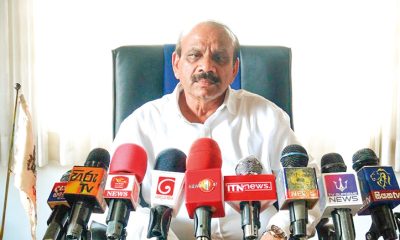
 News6 days ago
News6 days agoStreet vendors banned from Kandy City
-
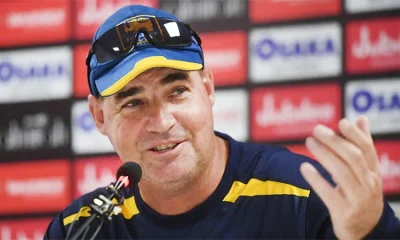
 Sports7 days ago
Sports7 days agoChief selector’s remarks disappointing says Mickey Arthur
-

 Opinion7 days ago
Opinion7 days agoDisasters do not destroy nations; the refusal to change does
-

 Sports3 days ago
Sports3 days agoGurusinha’s Boxing Day hundred celebrated in Melbourne
-

 News6 days ago
News6 days agoLankan aircrew fly daring UN Medevac in hostile conditions in Africa
-

 Sports4 days ago
Sports4 days agoTime to close the Dickwella chapter
-

 Sports7 days ago
Sports7 days agoRoyal record crushing innings win against Nalanda













